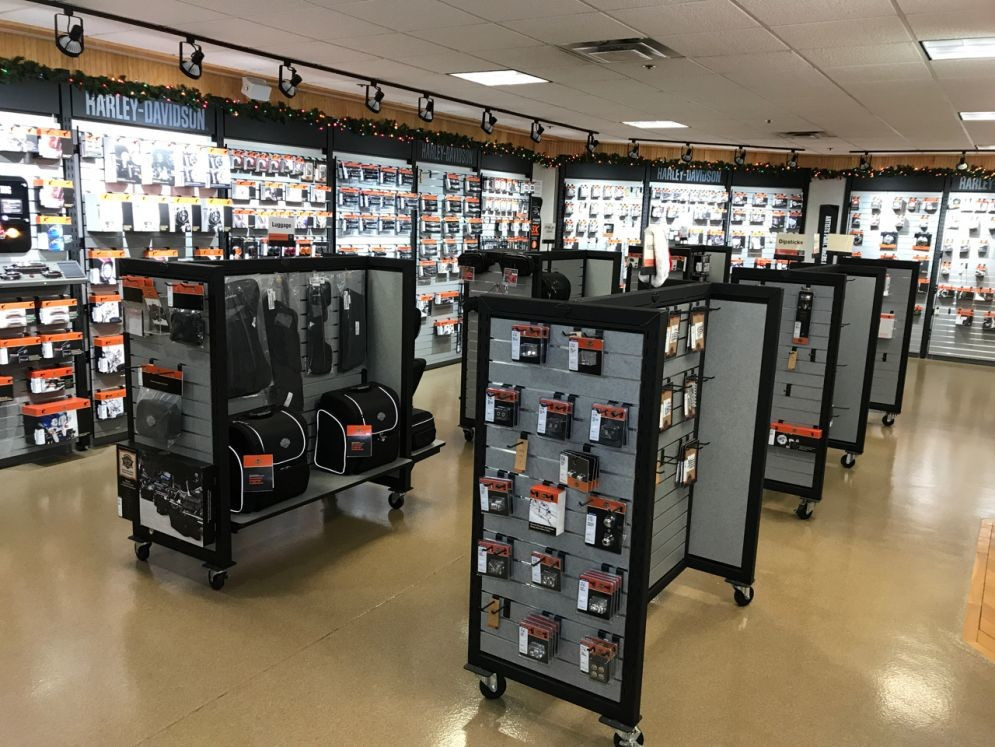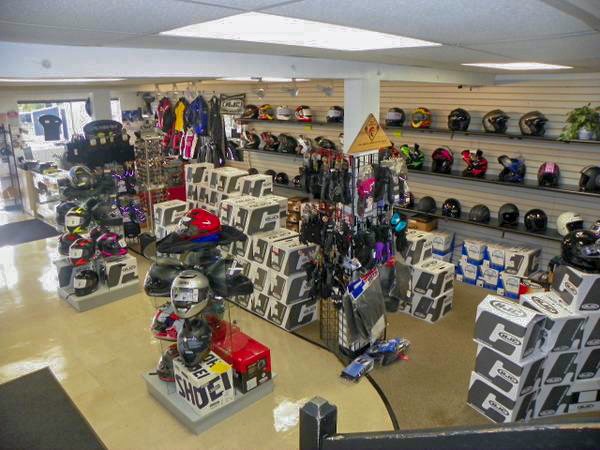Mastering Motorcycle Gears: How to Optimize Your Riding Experience
In the world of motorcycling, understanding the art of equipment control is important for boosting your riding efficiency. Appropriately comprehending and utilizing motorbike gears can significantly influence control, velocity, and fuel efficiency, changing an average adventure into a smooth, exhilarating journey. By integrating specific change timing and adjusting equipment choice to numerous road problems, bikers can make sure ideal engine efficiency and safety. The subtleties of clutch control, throttle sychronisation, and equipment auto mechanics beckon a much deeper expedition, guaranteeing to unlock the complete potential of your maker. How can these strategies be utilized to absolutely enhance your riding experience?
Recognizing Gear Mechanics
Exactly how do the details of equipment technicians affect motorbike performance? At the core of motorbike characteristics, equipment technicians play a crucial duty in transforming engine power right into activity, inevitably determining rate and control. Gears, meticulously crafted components, allow bikers to optimize torque and speed, ensuring a smooth change via different terrains and velocities. The gear ratios, thoroughly developed, identify the connection in between engine changes and wheel turns, influencing velocity and fuel efficiency.
Understanding equipment auto mechanics begins with identifying the relevance of the gearbox, which houses several equipments of varying sizes. These equipments interact via a process called meshing, where teeth of different equipments involve to transfer power. The accuracy of this communication is important; any type of imbalance or damage can lead to inefficient power transfer, hindering efficiency. Furthermore, the arrangement and dimension of gears affect the motorbike's ability to manage different tons and rates.
Furthermore, the principle of gear moving is indispensable to making best use of performance. Smooth and prompt shifts make sure that the engine runs within its optimal power band, stopping unneeded strain and improving long life (motocross parts nz). By comprehending these mechanical complexities, motorcyclists can attain an unified blend of power, efficiency, and control, elevating their riding experience
Timing Your Shifts
Shift timing mastery is necessary for maximizing bike efficiency and boosting the riding experience. Properly timed shifts ensure that the engine operates within its optimal power band, which is essential for preserving control, accomplishing smooth acceleration, and guaranteeing the durability of the motorbike. Motorcyclists need to create an user-friendly feeling of when to move gears, which involves understanding the relationship in between engine changes per min (RPM) and speed.
To grasp shift timing, pay very close attention to the engine's audio and really feel, as these offer important clues about when to transform equipments. The suitable change point generally occurs when the engine comes close to the top series of its power band without reaching the redline. Moving prematurely can lead to a lack of power, while moving far too late may cause unnecessary engine pressure
Furthermore, roadway conditions and riding style impact shift timing. In contrast, throughout highway riding, fewer changes at greater speeds can be a lot more appropriate.
Enhancing Fuel Performance
While mastering motorbike equipments is vital for performance, enhancing gas performance is equally essential for both financial and ecological reasons. Optimum gas consumption not only minimizes functional expenses however additionally minimizes the environmental impact motorcycle luggage trailer of riding. To achieve this, one should recognize the intricate relationship in between equipment selection and engine performance.
First of all, choosing the ideal equipment at appropriate speeds can significantly impact fuel consumption. Riding in a higher gear at lower rates can result in engine carrying, which is destructive to both fuel economic climate and engine health. On the other hand, riding in reduced equipments at broadband causes unneeded gas intake. Therefore, preserving an ideal equilibrium by moving gears in positioning with road problems and prepared for maneuvers is crucial.
Additionally, regular maintenance plays a pivotal role in gas efficiency. Making certain that the bike is well-tuned, with tidy air filters and effectively inflated tires, can enhance aerodynamics and lower fuel wastage. Embracing a riding design that accepts gradual try this web-site velocity and smooth deceleration can add to much better fuel economic situation.

Methods for Smooth Transitions
Achieving smooth equipment transitions is basic to enhancing the riding experience and making certain the durability of a bike's transmission system. Appropriate equipment moving not just adds to a smooth trip but likewise minimizes deterioration on the mechanical parts. To grasp the art of smooth changes, bikers have to focus on a couple of vital methods.

Secondly, clutch control plays a crucial role. Engaging and disengaging the clutch efficiently calls for technique. The clutch lever ought to be launched progressively, permitting a seamless transfer of power from the engine to the wheels without causing a jolt or abrupt motion.

Adapting to Road Problems
Browsing varied road problems is a vital ability for any type of motorcyclist aiming to maintain control and security. Whether you're riding on that site damp surface areas, gravel roadways, or navigating sharp turns, your capacity to adjust your equipment usage and riding technique is extremely important. Understanding exactly how to change your gears properly can substantially impact traction and stability, guaranteeing a more secure journey.
On wet roadways, it is suggested to keep higher equipments to decrease torque and minimize wheel spin. This approach aids preserve grip on unsafe surfaces, enabling smoother velocity and deceleration. In comparison, when riding on crushed rock or uneven surface, reduced gears are more suitable. Reduced gears provide far better control and allow you to respond even more swiftly to unanticipated modifications in the roadway surface area.
Sharp curves require precise equipment monitoring to balance rate and control. Downshifting prior to entering a curve can assist keep momentum while ensuring the bike stays steady throughout the turn. Regular method in diverse problems improves your capacity to respond and forecast to modifications in road appearance and slope.
Final Thought
Grasping motorbike gears considerably improves the riding experience by enhancing control, fuel, and velocity performance. Adjusting equipment choice to various road problems, such as making use of greater gears on wet surfaces and reduced equipments on gravel, further enhances handling and safety and security.
Recognizing equipment auto mechanics begins with recognizing the significance of the transmission, which houses several gears of varying dimensions. These gears communicate through a procedure understood as meshing, where teeth of different equipments involve to transmit power (motorcycle shop). Mild modifications to the throttle during equipment shifts can avoid jerky motions and maintain a regular riding speed
Whether you're riding on wet surface areas, gravel roadways, or navigating sharp turns, your capacity to adjust your gear use and riding technique is extremely important. Adjusting gear choice to various roadway conditions, such as making use of higher equipments on wet surface areas and lower equipments on gravel, further enhances handling and security.